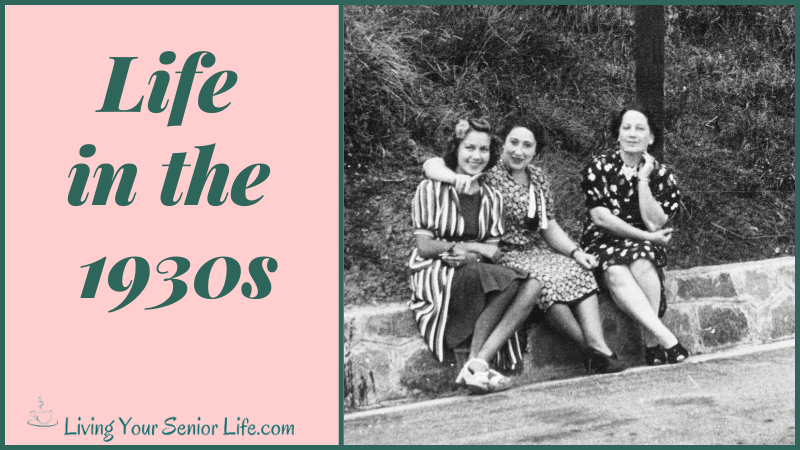Whether you experienced the 1930s or are just curious, Life in the 1930s – A Trip Down Memory Lane will give you insight into some of the events, fads, and lifestyles that mark that decade.
The 1930s in the United States were a time of significant change and hardship. The stock market crash of 1929 spiraled the nation into an economic depression that affected both city streets and rural areas. As soup kitchens and unemployment insurance became fixtures of society, the American people faced the hard times with resilience. The federal government, under President Roosevelt, initiated a suite of measures known as the New Deal, aimed at providing economic relief and bolstering the faltering American economy. This era saw the introduction of landmark programs, such as the Works Progress Administration and the Civilian Conservation Corps, designed to put young men to work and combat the devastating unemployment rate.
Despite the economic crisis, life went on. Leisure time witnessed the rise of new forms of entertainment, with board games and comedy programs becoming a popular way for American families to bond and escape the daily pressures. While the early 1930s were marked by one of the worst droughts, known as the Dust Bowl, which devastated farm families in the Great Plains, the American spirit endured. By the end of the 1930s, the nation was gearing up for a major shift with the looming international conflicts that would mark the start of World War II.
Key Takeaways
- The Great Depression was a decade of economic hardship and governmental initiatives to revive the U.S. economy.
- Entertainment and family life became key escapes from daily struggles, leading to lasting cultural contributions.
- The end of the 1930s brought about profound social and political changes that set the stage for the United States’ entry into global conflicts.
Events

During the 1930s, the American economy faced severe challenges. The economic downturn began with the stock market crash on Black Tuesday, leading to widespread unemployment and poverty. Farm prices plummeted, and the worst droughts in U.S. history resulted in the Dust Bowl, exacerbating the plight of farm families in the Great Plains.
President Herbert Hoover initially led the federal government’s response, but his efforts were deemed insufficient. By the early 1930s, the presidential election brought Franklin D. Roosevelt to power, who introduced the New Deal. Programs such as the Works Progress Administration (WPA) and the Civilian Conservation Corps (CCC) aimed to provide economic security and recovery.
The end of the 1930s saw a shift with the start of World War II, marking a period that would eventually lead to the end of the Great Depression.
Video: Life in the 1930s
Glimpses of the 1930s: A Decade of Challenge and Change
The Leadership of Franklin D. Roosevelt
Franklin D. Roosevelt took office as president in 1933, at a time when the United States was grappling with the economic turmoil of the Great Depression. He was a president of many firsts, including being the first to be elected to four terms. During his tenure, Roosevelt introduced the New Deal—a series of programs aimed at providing economic relief, recovery, and reform to the American people.
Key initiatives under the New Deal included the Works Progress Administration (WPA), which aimed to create jobs, and the Civilian Conservation Corps (CCC), which provided work in rural areas, particularly beneficial to young men and the infrastructure. The Social Security Act was another landmark achievement of his administration, offering unemployment insurance and paving the way for future federal programs aimed at ensuring economic security for various age groups.
Pivotal Moments Shaping a Decade
The 1930s were marked by significant events beyond the economic depression. Notable moments from this period include:
Exploration & Innovation: The discovery of Pluto and advances in aviation with airships crossing the Atlantic and Amelia Earhart’s record-setting flights.
- Amelia Earhart becomes the first woman to fly solo across the Atlantic Ocean. Sadly in 1937, she disappeared over the Pacific Ocean while attempting to become the first woman to complete a circumnavigational flight of the globe.
Architectural Feats: The Empire State Building punctuated New York City’s skyline, becoming an iconic symbol of ambition and the American spirit.
Musical Identity: The adoption of the Star Spangled Banner as the national anthem, giving the nation a musical emblem of its identity.
Institutions & Infrastructure: The Alcatraz Federal Penitentiary began its operation, while massive public works projects like the Hoover Dam and the Golden Gate Bridge were completed, reflecting the scale of efforts to improve the nation’s infrastructure.
Labor & Economy: With the establishment of the New York Stock Exchange as a national securities exchange and the passing of the Fair Labor Standards Act, the framework for modern American labor standards and economic infrastructure was set.
- The federal government began to assist in the care for dependent children and the disabled under the Social Security Act of 1935, which also guaranteed pensions to some older Americans and established a system of unemployment insurance.
- Congress passed the Fair Labor Standards Act in 1938, creating a 44-hour workweek which was later changed to a 40-hour week. The minimum wage started at 25 cents an hour and, within six years, increased to 40 cents per hour.
World’s Fair: On April 30, 1939, the New York World’s Fair opened in New York City. The opening ceremony featured speeches by President Franklin D. Roosevelt and New York Governor Herbert Lehman, ushered in the first day of television broadcasting in New York.
These, among other events, bookended by two monumental challenges—the Great Depression at the beginning and the entry into the Second World War at the end—shaped the daily lives of American families, influencing everything from family structure to leisure time and the national psyche of resilience.
Athletics During Hard Times
In the mid-1930s, as you experienced economic challenges, the world of sports shone brightly. 1936 saw legends like Ty Cobb and Babe Ruth honored as inaugural members of the Baseball Hall of Fame. That same year, Joe DiMaggio debuted, destined to become a baseball icon with the New York Yankees.
Meanwhile, at the Berlin Olympics, Jesse Owens astounded the world, snatching four gold medals and setting records. His triumphs stood as a stark contrast to the racial ideologies touted by Adolf Hitler, a testament to the strength and resilience of African Americans during times of adversity.
Automobile Evolution in the 1930s
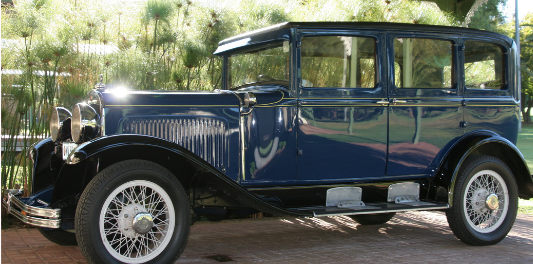
Though there were numerous models of cars, six new models of cars were introduced in the 1930s:
- Bentley 8 Litre
- Cadillac V-16
- Chevrolet Series AD Universal
- Mercedes-Benz 770
- Volvo TR670 Series
- Wolseley Hornet (1930)
Technological enhancements: Radios, heaters, and the unveiling of automatic transmissions.
Despite the economic depression, these innovations marked a pivotal era for American automotive history.
Attire and Style

In the 1930s, with the economic hardships being experienced, the clothing industry changed. Garments were now being made in factories being mass-produced compared to the made-to-order fashion of earlier times.
Dresses
In the ’30s, the attire for women saw a transition from the prior decade’s androgynous shapes to styles that embraced and highlighted classic feminine figures. You would observe dresses with a snug fit around the waist, gentle flaring of skirts from the natural waistline, and higher necklines, all designed to enhance a woman’s natural curves while maintaining modesty.
Hats
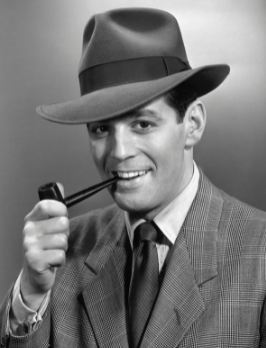
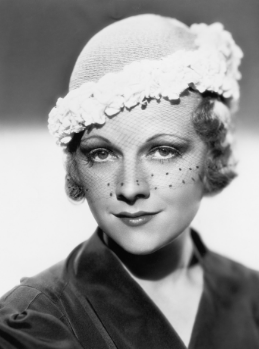
For both men and women, hats were a definite fashion accessory of the 1930s. During this time, you would complete any ensemble with a fashionable hat. For men, choices ranged from the casual boater and cap to the more refined fedora and bowler. Women could choose from an array of hats including berets, famously paired with suits a la Marlene Dietrich, or more elegant options like veiled hats and turbans, adding a touch of sophistication and mystery.
- Popular Hat Types for Men
- Boater
- Cap
- Derby/Bowler
- Fedora
- Hamburg
- Walker
- Popular Hat Types for Women
- Berets – Marlene Dietrich was known for wearing this type of hat with men’s suits
- Cloche
- Fedora
- Map cap
- Sailor
- Slouch made famous by Greta Garbo
- Turban
- Veiled
Footwear

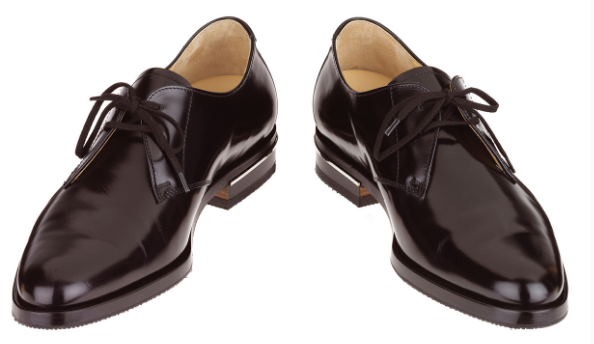
Footwear options of the ’30s varied widely. Women often chose from walking Oxfords, which were quite popular, or other styles like T-straps and sandals, which offered both style and comfortable wearability. Men’s footwear staples included the classic Oxford, the ornate wingtip, and the distinctive monk strap, providing a polished look suitable for the era’s hard times.
- Popular Women’s Shoes
- Oxford
- Pumps
- Saddle Shoes
- Sandles – Ghillies Lace
- T-Strap
- Popular Men’s Shoes
- Monk Strap
- Oxford
- Saddle
- Wingtip
Hairstyles
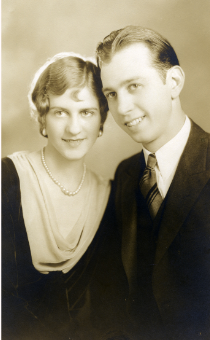
During these economic hard times, maintaining a sense of dignity through personal grooming was a subtle rebellion against the economic crisis, becoming a popular way for the American people to express resilience and hope.
In the heart of the economic depression, personal style was a form of escapism, with women’s hairstyles in the early 1930s taking a turn for the ultra-feminine. The era was marked by refined finger waves and pin curls, with partings etched to the side or down the center, embodying charm despite the era’s hard times.
Men’s grooming, influenced by iconic figures like Clark Gable, adhered to the clean-cut look. Hair was clipped short above the ears, seamlessly tapering to the nape—a style that mirrored the era’s call for polished simplicity.
LivingYourSeniorLife is supported by its audience. When you purchase through links on our site, we may earn a small affiliate commission at no cost to you. Learn more.
Leisure and Amusement
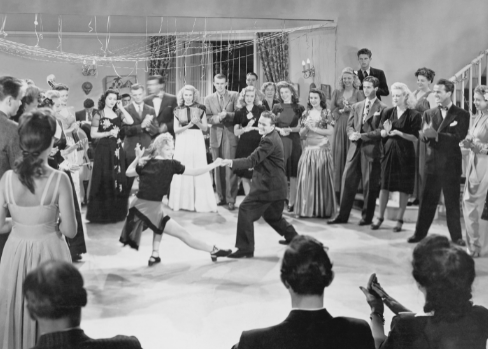
Dance
During the 1930s, a mix of dance styles provided an escape from the burdens of life. Foxtrot and Waltz continued to be genteel favorites at social gatherings. Swing dance emerged from jazz and grew to dominate dance halls, with dynamic moves like the Jitterbug captivating the youth. Tap dancing also gained momentum, partly propelled by cinematic representations.
- Popular Dances Included:
- Foxtrot
- Swing
- Waltz
- Tap
- Jitterbug
Music
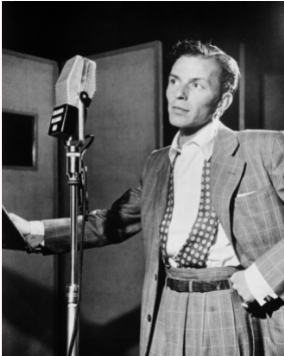
The musical landscape of the decade was rich and varied. Jazz evolved into swing music, characterized by its rhythmic vigor and brass section vigor. Big Band leaders like Duke Ellington guided audiences through this sonic journey. Crooners, with their smooth, lyrical delivery—like Frank Sinatra and Bing Crosby—became the heartthrobs of the day. Radio programs like “Your Hit Parade” offered listeners the most beloved tunes weekly, reflecting the musical tastes of the American people.
- Popular Songs of the 1930s Include:
- A Tisket, A Tasket – Ella Fitzgerald with Chick Webb’s Orchestra
- Boogie Woogie – Tommy Dorsey
- In The Mood – Glenn Miller
- God Bless America – Kate Smith
- Moonlight Serenade – Glenn Miller
- Over the Rainbow – Judy Garland/Glenn Miller
- Pennies From Heaven – Bing Crosby
- Putting on the Ritz – Harry Richman with Earl Burtnett
- Sing, Sing, Sing – Benny Goodman
- Silent Night, Holy Night – Bing Crosby
- Popular Swing Musicians Included:
- Artie Shaw
- Benny Goodwin
- Billie Holiday
- Cab Calloway
- Ella Fitzgerald
- Glenn Miller
- Louis Armstrong
- Tommy Dorsey
- Popular Crooners of the 1930s Included:
- Bing Crosby
- Frank Sinatra
- Fred Astaire
- Nat King Cole
- Perry Como
- Rudy Vallee
In 1935 a new radio program, “Your Hit Parade”, highlighted the most popular songs of the week. Shortly after, in 1936, Billboard Magazine published Hit Parade, a list of the most popular songs of the time.
Movies

The motion picture industry soared as Hollywood provided a glamorous respite from the economic depression. Iconic films such as “Gone With The Wind” and “The Wizard of Oz” captivated viewers. The inception of the drive-in theater in 1933 revolutionized how families engaged with the silver screen, becoming a popular way to enjoy the latest releases from the comfort of their automobiles.
- Popular Movies Included:
- It Happened One Night (1930) Starring Claudette Colbert and Clark Gable.
- Dr. Jekyll and Mr. Hyde (1931) Starring Frederic March.
- King Kong (1933)
- Little Women (1933), Starring Katherine Hepburn
- Cleopatra (1934) Starring Claudette Colbert and directed by Cecil B. DeMille.
- Gone With The Wind (1939) Starring Clark Gable, Vivien Leigh, Olivia de Havilland, and Leslie Howard.
- The Wizard of Oz (1939) Starring Judy Garland, Frank Morgan, Ray Bolger, Jack Haley, Bert Lahr, and Margaret Hamilton.
Radio
For the first time, citizens did not have to wait until the evening paper to get the latest news — radios brought breaking news right into people’s living rooms. The airwaves carried talk about jobs and the economy during the Great Depression, but Americans also heard the news about incredible advances in science and technology, celebrities of aviation exploration, and political changes afoot in Europe.
Games/Toys

In the 1930s, iconic board games like Monopoly emerged, becoming a staple in American families for entertainment during the economic depression. Monopoly, conceived in 1935, exemplifies the enduring charm of board games that brought respite during hard times. Let’s take a look:
- Monopoly, 1935 – A classic game reflecting economic strategies.
- Sorry!, 1934 – Engaging in apologies while advancing.
- The Head of the Class, 1936 – Education and fun combined.
Card games also gained popularity, with Canasta appearing at the end of the 1930s. These games provided affordable leisure to American people amid the hard times.
Betsy Wetsy: a popular doll introduced by the Ideal Toy Company in 1934, cherished for its innovative design allowing it to drink from a bottle and wet its diaper, mimicking aspects of baby care for young children.
Fads of the 1930s

In the 1930s, you witnessed a bizarre college trend where goldfish consumption became a badge of one-upmanship among universities. The fad is thought to have begun as a $10 bet at Harvard University as part of a bid for a freshman running for class president. This bet for notoriety crossed campuses as students looked for escapist entertainment during the economic struggles of the era.
Additional Reading
Final Words
Reflect on the 1930s: as you consider the ripple effects of the stock market crash on American lives, understand how citizens and the federal government navigated unprecedented hardship. The New Deal, including the Works Progress Administration and Civilian Conservation Corps, aimed to restore the dignity of work amidst widespread destitution, and the government unveiled social security to offer economic relief. As dust storms ravaged the Great Plains, coping mechanisms such as board games and radio programs provided some solace.
In taking a look at Life In The 1930s – A Trip Down Memory Lane, I hope you were able to revisit some fond life events. If you didn’t live during that time, my hope is you were able to learn something new about the decade.
If you have any memories or insights of the 1930s that you would like to share, I would love to read them; please comment below.
